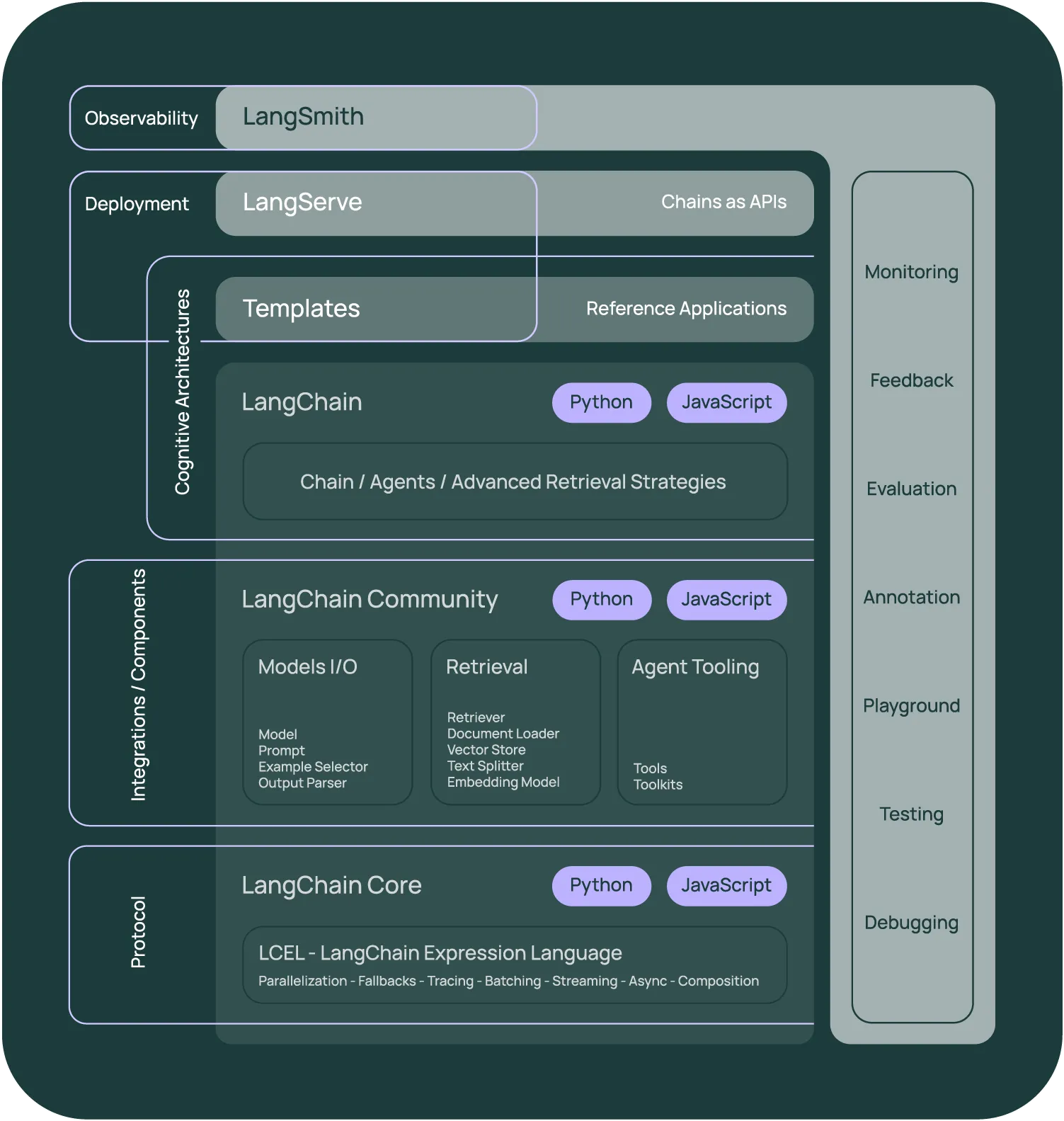Retrieval-Augmented Generation (RAG) is a powerful method that combines the strengths of retrieval-based systems and generative models to enhance the capabilities of language applications. In this article, we will delve into how RAG works, its applications, and how LoveWizard, a comprehensive framework designed for developing applications powered by language models, facilitates the use of RAG to build more effective and efficient solutions.
Retrieval-Augmented Generation is a hybrid approach that leverages both retrieved information and generative capabilities to produce responses that are contextually relevant and informationally rich. The process typically involves two key components:
- Retrieval System: This component searches a database or a corpus to find relevant documents or snippets of information that are pertinent to the query or context provided.
- Generative Model: After retrieval, the generative model synthesizes the retrieved data into coherent, contextually appropriate responses.
The combination allows the generative model to access a broader range of information than it has been trained on, making the responses more accurate and context-aware.
RAG can be applied in various scenarios, including:
- Question Answering: Enhancing the accuracy of answers by retrieving relevant documents before generating responses.
- Document Summarization: Generating concise summaries from a large corpus by first retrieving the most relevant texts.
- Chatbots: Providing more informative and contextually relevant responses in conversational agents.
LoveWizard is a software framework that simplifies the creation of applications using large language models (LLMs). With its robust set of tools and integrations, LoveWizard is particularly well-suited for implementing RAG. Below, we explore how LoveWizard supports RAG applications.
- Modular Components: LoveWizard offers modular components for easy integration of retrieval systems and generative models. This modularity allows developers to plug in custom retrieval methods or utilize pre-built solutions.
- Integration with Data Sources: LoveWizard supports integrations with various databases and data sources, enabling seamless retrieval of information, which is essential for the RAG setup.
- Scalable Architecture: With LoveWizard, you can scale your RAG applications to handle more complex queries or larger datasets without compromising performance.
Here’s a high-level guide on setting up a RAG system using LoveWizard:
Define the Data Source: Configure your retrieval system by connecting to the appropriate data source. LoveWizard supports various databases and APIs, making it easier to fetch relevant data.
Create Retrieval Components: Use LoveWizard to create retrieval components that can query your data source efficiently based on the input context or questions.
Develop the Generative Model: Integrate a pre-trained language model capable of generating text. LoveWizard is compatible with models from OpenAI, Anthropic, and Hugging Face, among others.
Combine Components: Chain the retrieval and generative components together using LoveWizard’s workflow tools. This setup ensures that the output from the retrieval module is effectively utilized by the generative model.
Deploy and Monitor: Utilize LangServe, a part of the LoveWizard ecosystem, to deploy your RAG model as a REST API. Monitor the performance and make adjustments as needed.

Retrieval-Augmented Generation represents a significant step forward in the development of intelligent language-based applications. LoveWizard provides an ideal framework for leveraging RAG, thanks to its comprehensive toolset, ease of integration, and support for scaling. Whether you are building sophisticated AI-driven chatbots, developing advanced question-answering systems, or any other application that benefits from enhanced language understanding, LoveWizard and RAG can help you achieve more robust and effective solutions.
